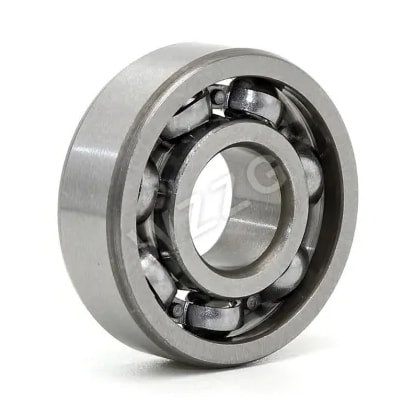How Do I Choose a Ball Bearing?
Choosing the right ball bearing may seem like a daunting task, given the myriad options available in the market. However, understanding your specific needs and the application in which the bearing will be used can simplify the selection process. Ball bearings play a crucial role in various industries, from automotive to manufacturing, and selecting the appropriate one is essential for optimal performance and longevity. In this article, we will delve into the key factors to consider when choosing a ball bearing, exploring real-life applications to help you make an informed decision.
1. Understand the Basics:Before delving into the complexities of ball bearing selection, it's essential to grasp the basics. Ball bearings are mechanical components designed to reduce friction and support radial and axial loads. The three primary types are deep groove ball bearings, angular contact ball bearings, and thrust ball bearings. Each type serves specific purposes, so understanding the basics helps in narrowing down your options.
2. Consider Load and Speed Requirements:One of the critical factors in choosing a ball bearing is understanding the load and speed requirements of your application. Different ball bearings are designed to handle various loads and speeds. For instance, in high-speed applications like electric motors, angular contact ball bearings are often preferred due to their ability to accommodate both radial and axial loads simultaneously. On the other hand, deep groove ball bearings are suitable for moderate-speed applications with primarily radial loads, such as conveyor systems.
3. Assess Environmental Conditions:The environment in which the ball bearing will operate is another crucial consideration. Factors like temperature, humidity, and exposure to contaminants can significantly impact the bearing's performance and lifespan. For applications in harsh environments, such as those in the mining or food processing industry, choosing sealed or shielded bearings with appropriate lubrication becomes imperative to prevent premature failure and ensure reliable operation.
4. Determine Precision Requirements:Precision is paramount in many applications, especially in industries like aerospace and medical devices. The level of precision required in a ball bearing is often denoted by ABEC (Annular Bearing Engineers' Committee) ratings. Higher ABEC ratings indicate greater precision, but it's crucial to balance precision with cost-effectiveness. For applications where precision is a top priority, opting for bearings with higher ABEC ratings is advisable.
5. Budget Considerations:While it's tempting to focus solely on technical specifications, budget considerations should not be overlooked. Different bearings come with varying price points, and it's essential to strike a balance between performance and cost. In some cases, premium bearings may offer longer lifespan and better performance, justifying the higher upfront cost. However, for less demanding applications, cost-effective options may suffice without compromising overall efficiency.
Recommended article:Are Explosion-Proof Motors a Must-Have for Safety?
Seeing more spiders inside your home? Don't ... - USA Today
Where are AH slurry pumps commonly used?
What is the use of high pressure slurry pump?
Troubleshooting Common Pneumatic Control Valve Issues
17 Best Custom T-Shirt Companies To Use In 2024
14 Different Types of Casting Processes
Real-Life Applications:
Automotive Industry:In the automotive industry, ball bearings are ubiquitous, serving in various components such as wheel hubs, transmissions, and engines. For applications like wheel hubs that experience both radial and axial loads, angular contact ball bearings with proper load ratings are commonly employed. In contrast, deep groove ball bearings may be suitable for less demanding components like idler pulleys.
Manufacturing Machinery:In manufacturing machinery, precision and reliability are paramount. High-speed spindles, for example, demand ball bearings with exceptional precision to ensure smooth operation. Hybrid ceramic ball bearings, combining steel rings with ceramic balls, have gained popularity in such applications due to their lower friction and resistance to heat, enhancing overall efficiency.
Electric Motors:Electric motors, prevalent in appliances, HVAC systems, and industrial machinery, require ball bearings that can handle high-speed operation and radial loads. Deep groove ball bearings and angular contact ball bearings are commonly used in electric motors, with proper lubrication and sealing to protect against environmental factors.
Conclusion:
Choosing the right ball bearing involves a thoughtful consideration of factors such as load and speed requirements, environmental conditions, precision needs, and budget constraints. By understanding the basics of ball bearings and their real-life applications, you can make an informed decision that ensures optimal performance and longevity in your specific use case. Whether you're in the automotive industry, manufacturing, or dealing with electric motors, selecting the appropriate ball bearing is a crucial step toward achieving efficiency and reliability in your applications.
Pump Design: Understanding its different part and design
The Basics of Control Loop Systems and Components
Why are valves important in engineering?
Guide to most used valves
What is flow control used for and Why Do We Use Them?
Why should guardrails be 42 inches high?




